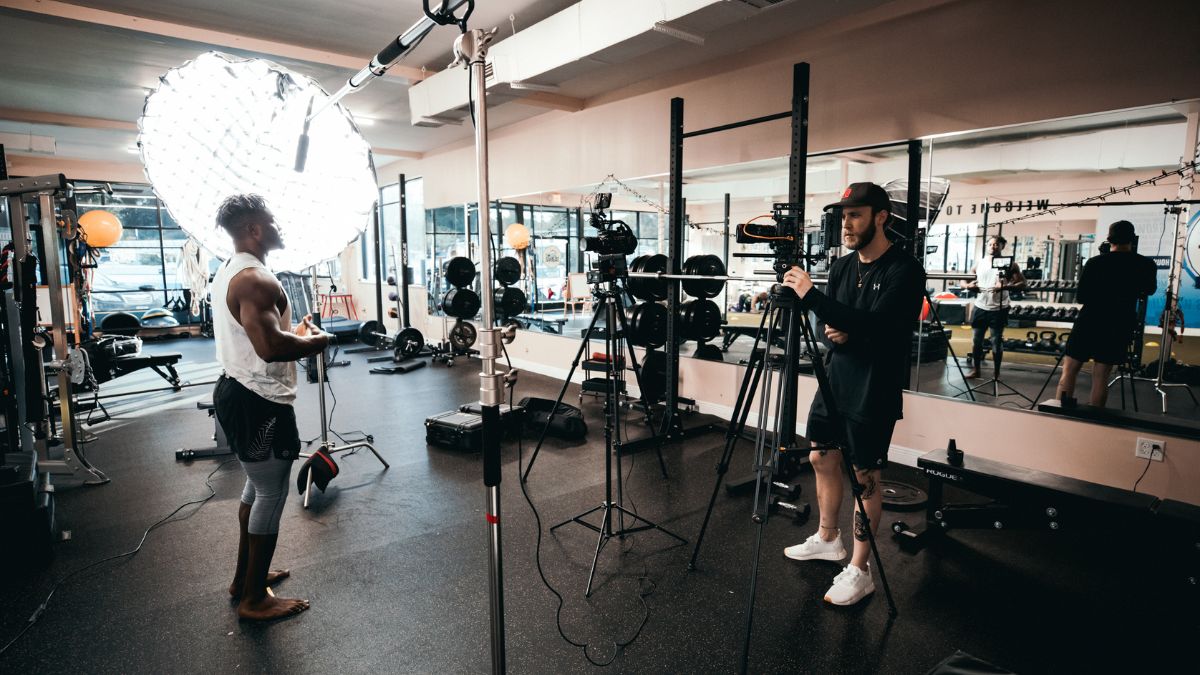Gone with the Wind: An Epic of the 1930s
Gone with the Wind: An Epic of the 1930s
“Boyz n the Hood” (1991): Urban Stories and Social Commentary

"Boyz n the Hood" (1991): Urban Stories and Social Commentary
In the heart of the early ’90s, a film emerged from the urban landscapes of South Central Los Angeles, not just to tell a story, but to etch an indelible mark on the canvas of American cinema. “Boyz n the Hood,” directed by the prodigious John Singleton in his directorial debut, transcends the boundaries of mere storytelling, venturing into the realms of profound social commentary and a riveting exploration of urban life. This cinematic masterpiece, with its raw emotion and unflinching honesty, invites us into a world where the vibrancy of youth clashes with the harsh realities of inner-city existence, leaving audiences awestruck and deeply moved.
Singleton, at the tender age of 23, not only directed but also wrote the screenplay, drawing from his own experiences growing up in South Central L.A. The narrative follows the lives of three young men: Tre Styles, Doughboy, and Ricky Baker, each navigating the precarious balance between hope and despair in their neighborhood. The brilliance of “Boyz n the Hood” lies not just in its storytelling but in its ability to humanize its characters, offering a window into their souls, aspirations, and the formidable challenges they face.
The film’s exploration of themes such as racial tension, systemic inequality, and the cycle of violence is as relevant today as it was in 1991. It serves as a poignant reminder of the resilience and humanity of those living in marginalized communities. Singleton’s directorial prowess is evident in every frame, from the nuanced performances he elicits from his cast to the masterful way he captures the essence of urban life. The streets of South Central become a character in their own right, with their pulse and rhythm infusing the film with authenticity and depth.
“Boyz n the Hood” was a revelation, a cultural phenomenon that shattered stereotypes and paved the way for future generations of filmmakers to tell their stories. It was not just a film but a movement, igniting conversations about race, class, and the American dream. Singleton’s work was recognized with Academy Award nominations for Best Director and Best Original Screenplay, making him the youngest person and the first African-American to be nominated for the former. This recognition was a testament to the film’s impact and Singleton’s visionary talent.
The performances in “Boyz n the Hood” are nothing short of mesmerizing. Cuba Gooding Jr.’s portrayal of Tre Styles is a tour de force, capturing the complexity of a young man striving for a better life amidst chaos. Ice Cube, in his film debut as Doughboy, delivers a powerful performance that is both haunting and poignant. The chemistry among the cast, the authentic dialogue, and the compelling narrative combine to create a cinematic experience that is as heart-wrenching as it is enlightening.
“Boyz n the Hood” is not just a film; it’s an experience, a journey into the heart of a community fighting for survival and dignity. It challenges us to look beyond the headlines, to see the humanity and resilience of those living in the shadows of society. John Singleton’s masterpiece remains a beacon of cinematic brilliance, a powerful testament to the strength of the human spirit, and an essential commentary on the social fabric of America. In its unflinching portrayal of urban life and its aftermath, “Boyz n the Hood” stands as a monumental achievement in film, leaving us awestruck and forever changed.